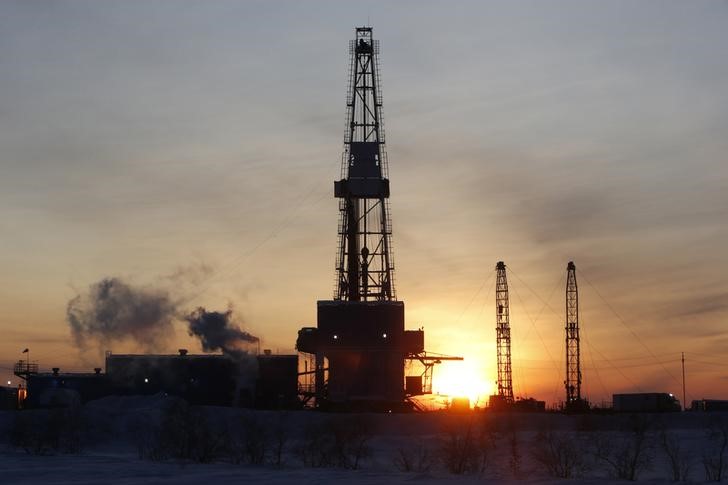By Geoffrey Smith
Investing.com -- Crude oil prices fell on Friday at the end of a wild week in which a front of Arctic weather took over one-third of U.S. oil production offline.
The disruptions to supply and demand were still far from resolved on Friday morning in the U.S., although a key obstacle to production was removed as ERCoT, the system operator for Texas’ electricity grid, said it no longer had to interrupt power supplies.
However, while that allows drilling and pumping to resume more or less normally, there is little local demand for crude because most of Texas’ refineries will need more time to restart operations. The shortfall of refined products while that process lasts is likely to keep prices for gasoline and other distillates high in the near term.
The cold snap and power cuts affected more than 20 refineries in Texas, Louisiana and Oklahoma, with a combined processing capacity of over 5.5 million barrels a day.
By 10:45 AM ET (1545 GMT), U.S. crude futures were down 1.2% at $59.80 a barrel, while Brent crude futures were down 0.6% at $63.55 a barrel.
U.S. gasoline RBOB futures however, were up another 2.1% at $1.8325 a gallon, while London Gas Oil futures retraced only 0.4% from their 13-month high at $524.88 a ton.
“The products markets can get an unexpected help in reducing the excess products inventories in the US – paving the way for potential very tight products markets later in the year,” said Rystad Energy analyst Bjornar Tonhaugen in emailed comments.
However, he noted that developments of greater significance may be brewing further away, after news that the Biden administration has formally offered a resumption of talks with Iran over its nuclear program. Iran has said it wants U.S. sanctions lifted before it agrees to talks.
“Iran is the single-largest upside supply risk for the oil market, after the OPEC+ spare capacity, in terms of volumes,” Tonhaugen said. “The 1.7 million bpd of shut-in capacity can likely come onstream in a matter of 6-9 months post the lifting of sanctions, if there is enough demand in the market.”
That may yet be a big ‘if’. While there are signs of Covid-19 infection curves dropping all over the northern hemisphere, governments remain mostly wary of easing restrictions on social gatherings, business life and, especially, international travel. That seems set to weigh on jet fuel demand in particular for months yet.
